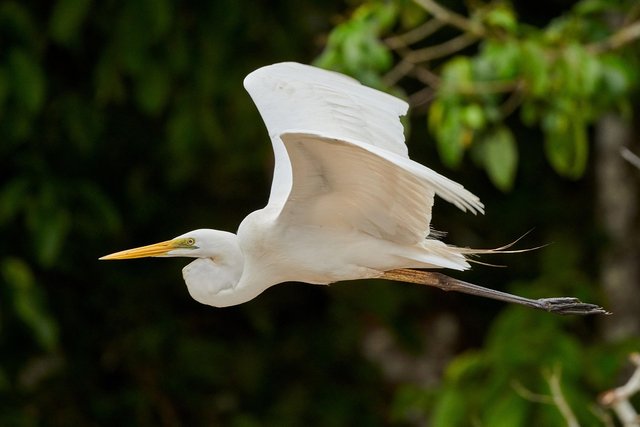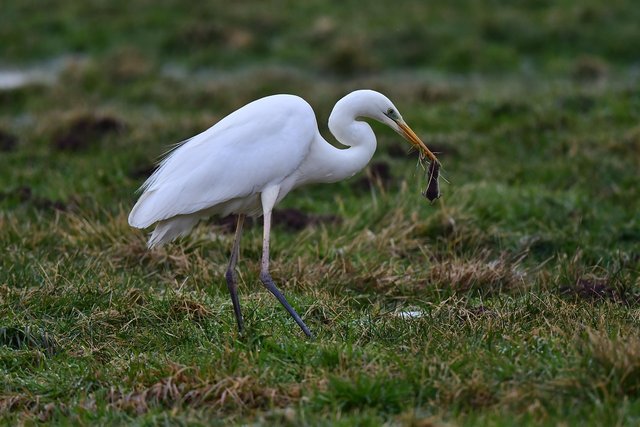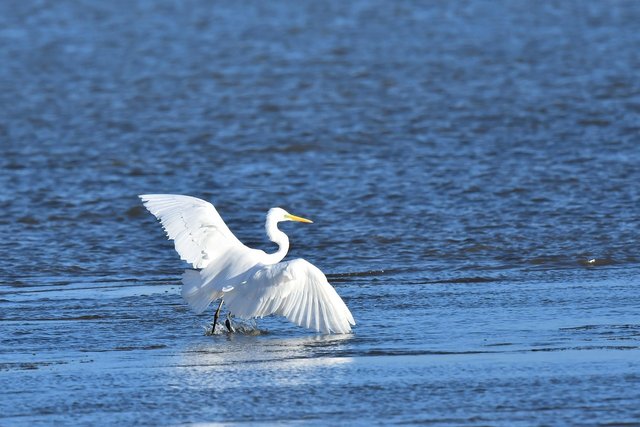The White Stork || A Graceful Traveler of Nature
The White Stork: A Graceful Traveler of Nature
The white stork (Ciconia ciconia) is a bird species that holds both cultural and ecological significance. Known across many parts of the world, it draws attention with its long migratory journeys, striking appearance, and closeness to human life. Throughout history, it has appeared in myths, tales, and folk beliefs, becoming a symbol of fertility and new beginnings in many cultures.
Physical Characteristics
The most distinctive feature of the white stork is its bright white plumage, contrasted by black wingtips. Reaching an average height of about one meter and a wingspan of up to two meters, they are quite impressive in appearance. Their long, thin, reddish legs allow them to walk easily in shallow waters. Their sharp, pointed beaks are also red and are highly functional for catching fish, frogs, insects, and small rodents.
Habitat and Distribution
White storks are widely distributed across Europe, Asia, and Africa. They are particularly common in many European countries during summer. As migratory birds, they spend the winter in warmer regions, often in central and southern Africa. In spring, they return north to their breeding grounds. Turkey, located at a crucial intersection of their migratory routes, is an important stopover point. Wetlands such as Lake Manyas, Lake Bafa, and the Göksu Delta host large populations of these birds.
Migration Patterns
One of the most remarkable traits of the white stork is its long-distance migration. Each year, they travel thousands of kilometers between Africa and Europe. They fly in flocks and take advantage of thermal air currents, gliding without flapping their wings to conserve energy. Narrow passages such as the Bosphorus in Istanbul offer a spectacular sight during migration seasons, when thousands of storks fill the sky.
Breeding and Nesting
White storks usually build their nests close to human settlements. Tall trees, minarets, electric poles, or rooftops provide suitable nesting sites. They construct large, sturdy nests out of sticks and repair them each year for reuse. The female stork typically lays 3–5 eggs annually. The incubation period lasts about one month, and both parents take part in feeding the chicks. Within about two months, the young are ready to fly.
Cultural Significance
The white stork has long been regarded as a symbol of luck and abundance in many cultures. In Anatolia, it is considered one of the heralds of spring. Folk sayings suggest that “seeing a stork means a journey” or “storks bring spring.” In Europe, it has often been depicted in tales as the bird that delivers babies. In this way, the white stork is not only a part of natural ecosystems but also an important element of cultural heritage.
Conservation Status
Industrialization, pesticides, wetland drainage, and power lines pose threats to white storks. However, thanks to conservation programs in many countries, their populations have remained relatively stable. In Turkey as well, protected areas and conservation projects help safeguard the habitats of these elegant birds.
Conclusion
The white stork is remarkable not only for its visual beauty but also for its migratory journeys and close ties with human life. Watching them glide across the sky is a reminder of nature’s captivating cycles. Protecting their habitats is essential to ensure that future generations will also be able to witness these graceful travelers.
#Stork #WhiteStork #BirdWatching #BirdLovers #BirdPhotography #WildlifePhotography #NatureLovers



